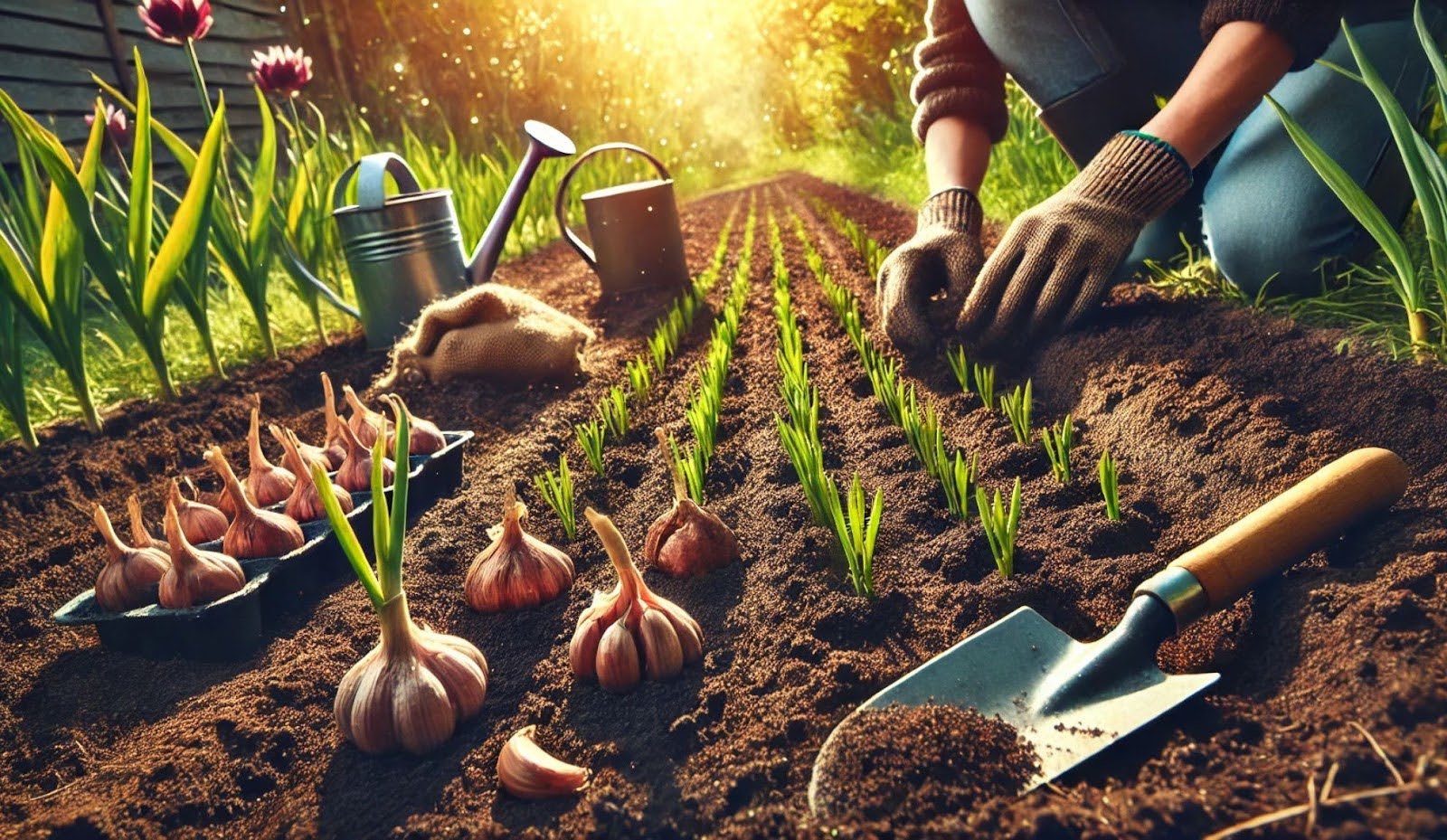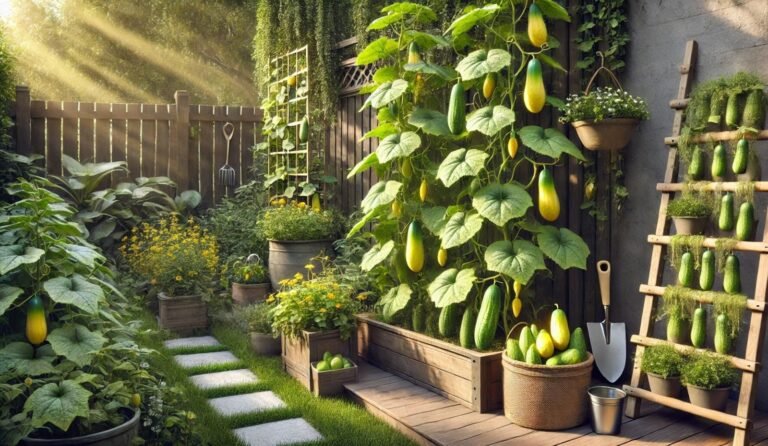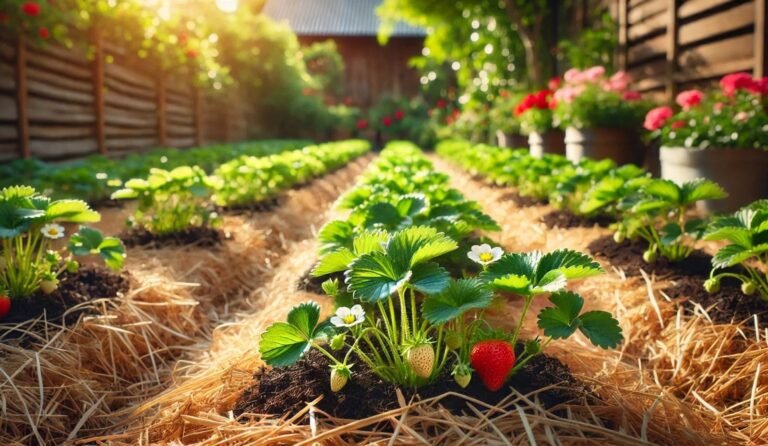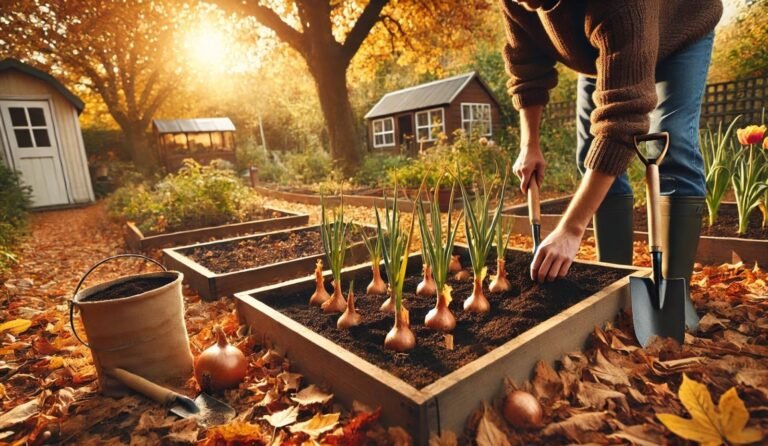Garlic Bulbs for Fall Planting: A Complete Guide for Backyard and Indoor Growers
Garlic bulbs for fall planting are the secret to bigger, tastier harvests. Plant them now, and by next summer, you’ll have homegrown garlic bursting with flavor. The cold months toughen them up, helping them grow strong before spring even arrives. It’s ridiculously easy—just pop the cloves in the ground, mulch, and let nature do its thing. Not sure where to start? This guide breaks it all down so you can grow garlic like a pro!
Why Plant Garlic in the Fall?
Many new gardeners wonder: Why should I plant garlic in the fall instead of spring? The answer lies in how garlic grows. Garlic requires a cold period to trigger proper bulb development, a process known as vernalization.
When you plant garlic in the fall (typically between September and November, depending on your climate), the cloves spend the winter developing a strong root system. By the time spring arrives, the garlic is well-established and ready to put its energy into growing large, healthy bulbs.
Spring-planted garlic, on the other hand, has less time to develop roots before the warm season arrives. This often results in smaller bulbs with fewer cloves, making fall planting the superior choice for most gardeners.
Additionally, garlic is one of the easiest crops to grow. Once planted in the fall, it requires minimal care, making it perfect for both beginners and experienced gardeners.
Choosing the Best Garlic Bulbs for Fall Planting

Not all garlic is the same, and choosing the right type is key to a successful harvest. There are two main categories of garlic:
1. Hardneck Garlic
Hardneck garlic varieties thrive in colder climates and produce a central stalk, or “scape,” which can be harvested in early summer before the bulbs mature. These garlic bulbs tend to have larger cloves and a more robust flavor. Some popular hardneck varieties include:
Music – Large, flavorful cloves; excellent cold tolerance.
German Extra Hardy – Strong, spicy taste; well-suited for extreme cold.
Purple Stripe – Beautiful purple-streaked bulbs with a rich garlic flavor.
2. Softneck Garlic
Softneck garlic is best for warmer climates and is commonly found in grocery stores. It has a milder taste and a longer shelf life compared to hardneck varieties. Some popular softneck garlic types include:
Silverskin – Long-lasting storage; excellent for braiding.
California Early & Late – Mild, reliable, and easy to grow.
Can You Plant Store-Bought Garlic?
While it might be tempting to plant garlic from the grocery store, it’s not the best choice. Most commercial garlic is treated with growth inhibitors to prevent sprouting. Additionally, grocery store garlic may carry diseases that can affect your soil. Instead, buy garlic bulbs from a reputable source to ensure healthy, productive plants.
Where to Buy Garlic Bulbs for Planting?
Now that you know what type of garlic to plant, the next question is: Where can you buy high-quality garlic bulbs?
Local Nurseries & Garden Centers – These are great places to find regionally adapted garlic varieties.
Online Seed Suppliers – Websites like Burpee, Johnny’s Selected Seeds, and Seed Savers Exchange offer a wide selection of organic and heirloom garlic bulbs.
Farmers’ Markets & Organic Farms – Local farmers often sell garlic bulbs that are already adapted to your climate, increasing their success rate when planted.
Make sure to buy certified disease-free, organic garlic bulbs for the best results.
5-Step Process of Garlic Bulbs for Fall Planting
Planting garlic in the fall is the best way to ensure large, flavorful bulbs come summer. The process is simple but requires careful timing and preparation to give your garlic the best start before winter. Follow this 5-step guide to grow strong, healthy garlic that will thrive in your garden.
Soak the Bulbs
Before planting, soaking garlic cloves can help prevent fungal diseases and promote strong root development. Fill a bowl with warm water and a natural antifungal solution like diluted hydrogen peroxide or baking soda (1 teaspoon per quart of water). Soak the cloves for 30 minutes to 2 hours, then drain them and let them dry before planting. This step helps eliminate pathogens and boosts germination rates.
Prepare the Rows
Garlic needs well-draining, nutrient-rich soil to develop properly. Before planting, loosen the soil to at least 6–8 inches deep and mix in organic compost or aged manure. Create rows that are about 12 inches apart to give the garlic plenty of space to grow. Ensure the soil has a pH between 6.0 and 7.0 for optimal growth.
Plant the Garlic Cloves
- Break apart garlic bulbs into individual cloves, keeping the papery skin intact.
- Place each clove pointed side up and root side down.
- Space the cloves 4–6 inches apart in the rows.
- Plant cloves at a depth of 2–3 inches, ensuring they have enough soil coverage for insulation.
Water the Rows
After planting, give the garlic a good soak to help settle the soil around the cloves. Fall-planted garlic doesn’t need excessive watering, but moisture is essential for root establishment before winter. If the season is particularly dry, water every 7–10 days until the ground begins to freeze.
Cover the Rows
To protect your garlic through winter, add a thick layer of mulch (about 3–6 inches) over the rows. Straw, shredded leaves, or grass clippings work best. Mulching helps insulate the cloves from extreme cold, prevents frost heaving, and retains soil moisture. Come spring, remove excess mulch so the new garlic shoots can break through easily.
By following this 5-step fall planting process, your garlic will establish strong roots before winter, leading to larger, more flavorful bulbs at harvest time!
How to Plant Garlic Bulbs in Fall
- Break apart the garlic bulb into individual cloves, keeping the papery skins intact.
- Plant each clove pointy-side up about 2 inches deep in the soil. Space cloves 4-6 inches apart, with rows about 12 inches apart for proper air circulation.
- Cover with soil and apply a thick layer of mulch (straw, leaves, or grass clippings) to protect the cloves from extreme cold.
- Water lightly after planting to help establish roots.
Caring for Garlic Through Winter & Spring
Garlic is low-maintenance, but a few key steps will ensure a successful harvest:
Winter Protection – In very cold climates, apply an extra layer of mulch to insulate the soil.
Spring Fertilization – Use a nitrogen-rich fertilizer (like blood meal or fish emulsion) when the garlic starts actively growing in early spring.
Watering Needs – Garlic doesn’t need much water in winter but should be watered regularly in spring when growth resumes.
Harvesting & Storing Garlic Bulbs
By early to mid-summer, your garlic will be ready to harvest. Look for yellowing leaves and pull a test bulb to check its size.
- Cure garlic by hanging it in a dry, ventilated area for 2-4 weeks.
- Trim roots and stems, then store bulbs in a cool, dark place.
Properly cured garlic can last 6-12 months, depending on the variety.
Can You Grow Garlic Indoors?
Yes! If you don’t have garden space, you can still grow garlic indoors. Use deep containers (at least 6-8 inches) filled with well-draining potting mix. Place the pot in a sunny windowsill or under grow lights. Keep in mind that garlic grown indoors may not form large bulbs but will produce flavorful greens that can be used in cooking.
FAQ
Why is fall the best time to plant garlic?
Fall planting allows garlic to develop strong roots before winter, leading to larger, healthier bulbs in summer.
What type of garlic should I plant?
If you live in a cold climate, choose hardneck garlic. For warmer regions, softneck garlic is a better option.
Can I plant garlic from the grocery store?
It’s not recommended. Store-bought garlic is often treated to prevent sprouting and may carry diseases. Buy garlic bulbs from a nursery or seed supplier.
How deep should I plant garlic?
Plant cloves 2 inches deep with the pointy end up, spaced 4-6 inches apart in rows.
Do I need to water garlic in winter?
No, unless there’s a drought. Garlic is dormant in winter but should be watered regularly in spring when growth resumes.
When do I harvest garlic?
Garlic is usually ready to harvest in early to mid-summer when the leaves start turning yellow and drying out.
Final Thoughts
Growing garlic is one of the most rewarding gardening experiences. By planting in the fall, you set yourself up for a bountiful summer harvest of fresh, homegrown garlic. Whether you’re a backyard gardener or trying to grow garlic indoors, following the right steps will ensure success.
Now that you have all the information, it’s time to get your hands in the soil and start planting! Have you ever grown garlic before? Share your experiences or ask questions in the comments below!







